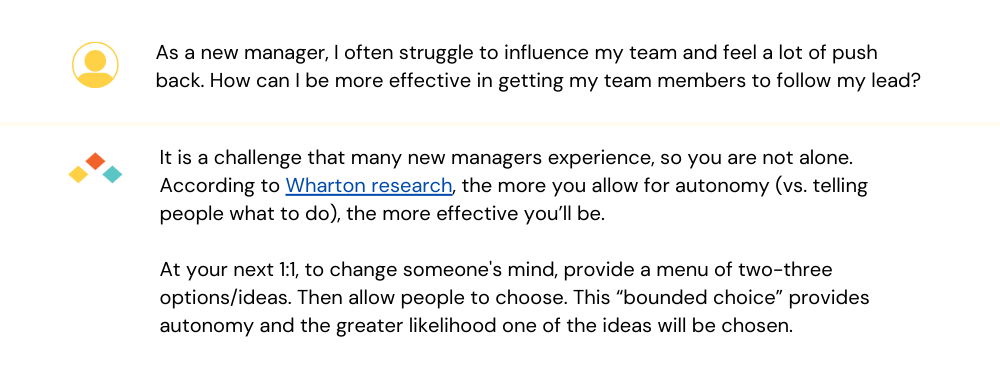UNLOCK YOUR TEAM'S POTENTIAL
Research-backed experiences expertly designed to connect, engage, inspire, and upskill, so leaders and their teams can thrive.
TRUSTED BY 1,000+ GLOBAL TEAMS


















Teams Love Connecting During Experiences
slide 1
slide 2
slide 3
slide 4
slide 5
slide 6
Curated Journeys to Develop Specific Skills
Need help picking an experience?
Take a short quiz and answer a few questions about your team to find an experience recommended specifically for your team.

A Modern Approach to Manager Enablement
Teamraderie leverages the power of AI and data to share evidence-based tips to address team challenges, recommend the best experiences or create personalized and adaptive learning paths for each team.


— Josh Bersin

Designed in Collaboration with World-Renowned Thought Leaders
As Seen In:
5 Star Customer Feedback

“We got the opportunity to tap into our vulnerability and get another perspective on being and leading great teams to higher levels of success.”


“I love your company and how the events are structured and facilitated. I have participated in many “out of the box” virtual events and yours by far exceeded my expectations.”


“It was so easy to set up and felt like a great use of 1 hour. I’ve already used the techniques”


“It is an amazing platform; as a manager, they made it super easy to organize and coordinate. I would definitely like to do this on a regular basis and believe it will boost morale.”

Start Your Team’s Evolution
Connecting and developing teams through shared experiences unlocks their potential to do great work. Get started by browsing our experience catalog or learning more about our process.











